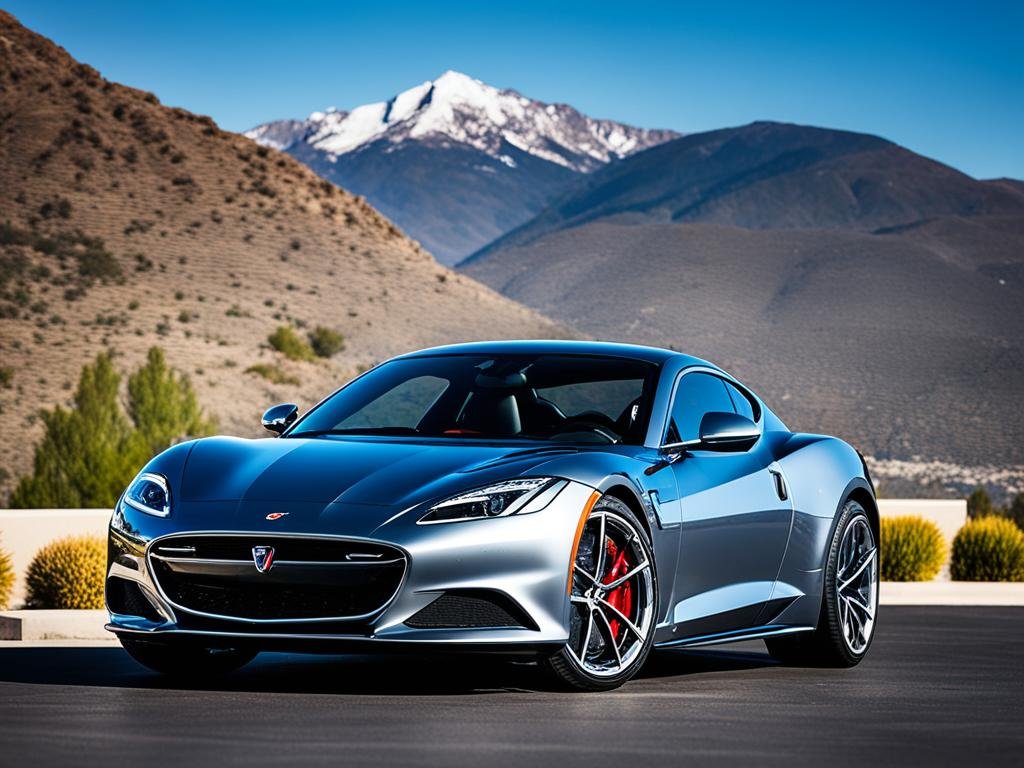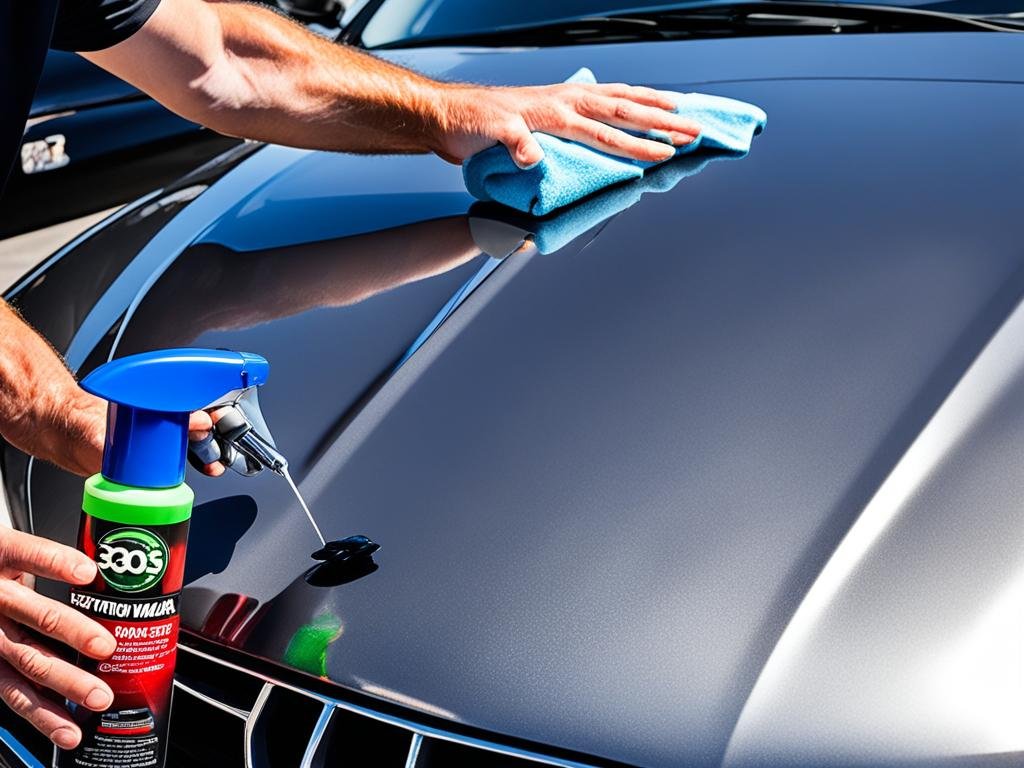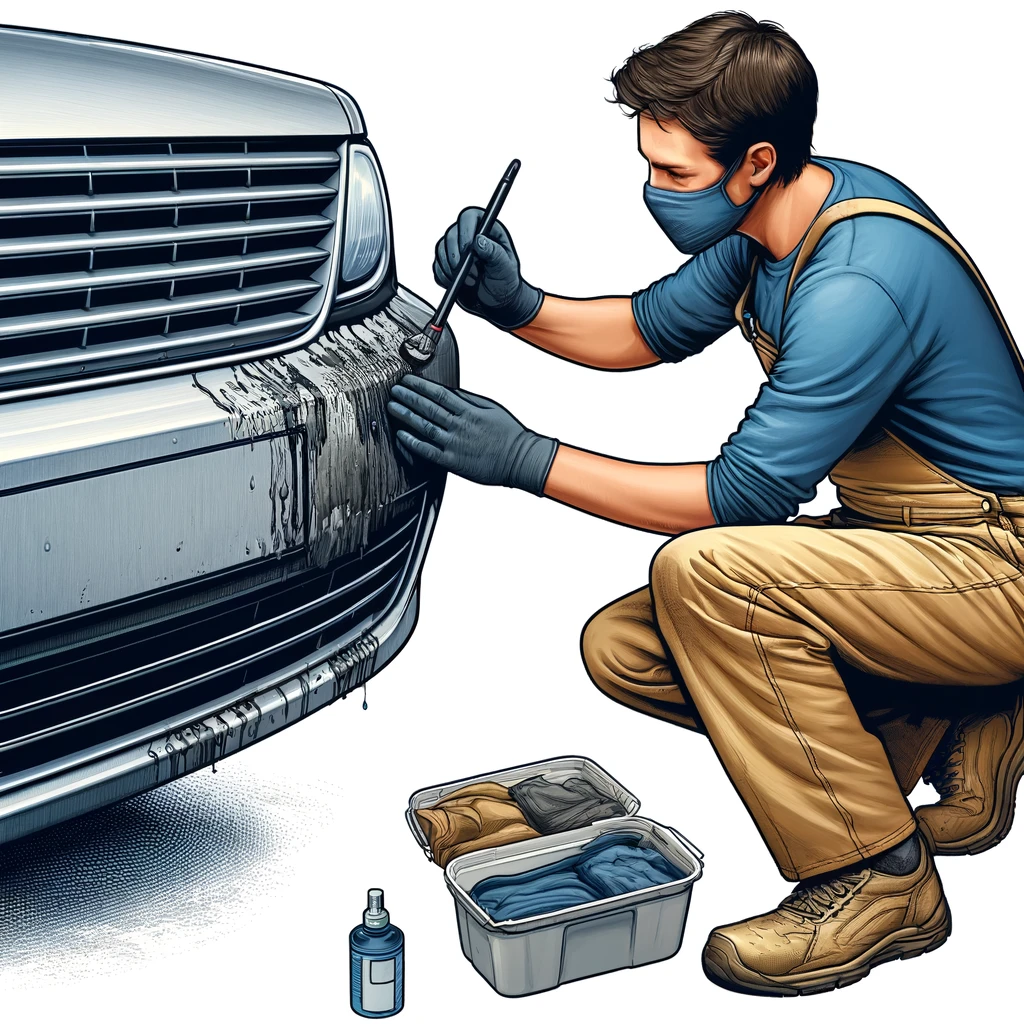How to Apply 303 Automotive Protectant for Rubber
April 11, 2024 | by Rosie Dazzlers

Serving Norfolk and Oxford counties, we bring the shine to you. From sedans to SUVs, experience unmatched convenience and quality right at your doorstep. Trust us to make your vehicle dazzle. Call now and let your car shine! Visit us at www.rosiedazzlers.ca.
Key Takeaways:
- 303 Automotive Protectant provides superior protection for rubber, vinyl, and plastic surfaces.
- It prevents cracking, fading, and discoloration caused by harmful UV rays.
- The protectant repels dust and stains, leaving a dry, matte finish.
- To apply, ensure the surface is clean and dry, then spray the protectant and wipe it dry with a clean, dry microfiber towel.
- Reapply the protectant every 30-45 days for optimal UV protection.
Benefits of Using 303 Automotive Protectant
At Rosie Dazzlers Mobile Auto Detailing, we highly recommend using 303 Automotive Protectant for your vehicle’s rubber, vinyl, and plastic surfaces. This versatile product offers numerous benefits that will help keep your vehicle looking its best. Let’s explore the key advantages of using 303 Automotive Protectant:
Superior UV Protection
One of the standout features of 303 Automotive Protectant is its ability to provide superior UV protection. The protectant forms a barrier against harmful UV rays, preventing cracking, fading, and discoloration of your vehicle’s surfaces. By shielding your vehicle from the sun’s damaging effects, the protectant helps maintain its original appearance and prolongs its lifespan.
Repels Dust and Stains
303 Automotive Protectant is specially formulated to repel dust and stains, keeping your vehicle looking cleaner for longer. The protectant creates a barrier that prevents dirt, dust, and other particles from adhering to the surfaces. This not only makes cleaning easier but also helps maintain a pristine and polished look.
Dry Matte Finish
Unlike some protectants that leave behind a greasy or oily residue, 303 Automotive Protectant leaves a dry matte finish. This means there won’t be any unsightly shine or stickiness on your vehicle’s surfaces. The dry matte finish not only looks clean and professional but also eliminates the attraction of dust and dirt, keeping your vehicle looking sharp.
Using 303 Automotive Protectant not only offers superior UV protection but also repels dust and stains while leaving a dry matte finish. It’s the perfect solution to keep your vehicle looking its best.
Here is a visual representation of the benefits of using 303 Automotive Protectant:
| Benefits of Using 303 Automotive Protectant |
|---|
| Superior UV Protection |
| Repels Dust and Stains |
| Dry Matte Finish |

By using 303 Automotive Protectant, you can ensure your vehicle’s rubber, vinyl, and plastic surfaces stay protected, clean, and looking their best. Take advantage of its superior UV protection, dust and stain repellency, and dry matte finish to maintain your vehicle’s overall appearance for years to come.
How to Apply 303 Automotive Protectant Step-by-Step
When it comes to protecting your vehicle’s rubber, vinyl, and plastic surfaces, following the correct application process is crucial. By using 303 Automotive Protectant correctly, you can ensure maximum effectiveness and longevity of the product. Here is a step-by-step guide to help you apply 303 Automotive Protectant:
- Clean and Dry Surface: Before applying 303 Automotive Protectant, make sure the surface is clean and completely dry. Remove any dirt, dust, or debris using a gentle cleanser and a soft cloth. This step is essential to ensure proper adhesion and bonding of the protectant.
- Spray and Wipe Dry: Once the surface is clean and dry, you can begin the application process. Shake the 303 Automotive Protectant bottle well, and then spray it directly onto the surface or onto a microfiber applicator or towel.
- Wipe in a Back and Forth Motion: Using a clean, dry microfiber towel, gently wipe the protectant in a back and forth motion. Make sure to cover the entire surface evenly. This step helps in distributing the protectant and ensuring full coverage.
- Remove Excess: If streaking occurs or if you have applied too much product, use a wet towel to remove the excess protectant. Remember, a little goes a long way, and using too much can lead to a greasy residue.
- Extra Buffing Increases Bonding: For enhanced bonding, repellency, and longevity of the 303 Automotive Protectant, you can perform some extra buffing. Use a clean, dry cloth to gently buff the surface in circular motions. This will further enhance the protection provided by the product.
By following these step-by-step instructions, you can ensure that your vehicle’s rubber, vinyl, and plastic surfaces are properly protected with 303 Automotive Protectant. Remember, a clean and dry surface, thorough application, and extra buffing will help maximize the benefits of this exceptional product.
Surfaces Suitable for 303 Automotive Protectant
303 Automotive Protectant is a versatile product that can be applied to various surfaces, providing effective protection and enhancing their appearance. Whether you need to protect your vehicle’s interior or exterior, 303 Automotive Protectant has got you covered. Here are the surfaces that are suitable for this exceptional protectant:
- Vinyl: The vinyl surfaces of your vehicle, including seats, dashboards, and door panels, can benefit from the protective qualities of 303 Automotive Protectant.
- Rubber: From tires to weather stripping, applying 303 Automotive Protectant on rubber surfaces helps prevent cracking and fading caused by prolonged exposure to UV rays.
- Plastic: Protect and restore the shine of plastic surfaces, such as trim, bumpers, and mirror housings, with 303 Automotive Protectant.
- Leather: Keep your leather seats and upholstery supple and free from cracking by using 303 Automotive Protectant. However, avoid using it on unfinished leathers to prevent any unwanted reactions.
- Eisenglass: When protecting the clear vinyl windows of your boat or convertible top, 303 Automotive Protectant offers excellent resistance against UV damage and ensures clarity.
- PVC: Maintain the durability and appearance of PVC surfaces, like inflatable boats and rafts, with 303 Automotive Protectant.
- Gel coat: If your vehicle has gel coat surfaces, such as a fiberglass boat or a fiberglass car panel, the protectant can help preserve their color and prevent oxidation.
- Fiberglass: Protect fiberglass surfaces against harmful UV rays and maintain their shine and smoothness with 303 Automotive Protectant.
While 303 Automotive Protectant is suitable for these surfaces, it’s important to note that some materials should be avoided. Unfinished leathers, fabrics, floorings, clear plastics, gauge panels, and headlights are not appropriate for 303 Automotive Protectant application. Using the protectant on these surfaces may result in unwanted effects or damage.
To give you a better idea of the surfaces suitable for application and those to avoid, here is a visual representation:
| Suitable Surfaces | Surfaces to Avoid |
|---|---|
| 1. Vinyl | 1. Unfinished leathers |
| 2. Rubber | 2. Fabrics |
| 3. Plastic | 3. Floorings |
| 4. Leather | 4. Clear plastics |
| 5. Eisenglass | 5. Gauge panels |
| 6. PVC | 6. Headlights |
| 7. Gel Coat | |
| 8. Fiberglass |
Durability and Maintenance of 303 Automotive Protectant
When it comes to protecting your vehicle’s rubber, vinyl, and plastic surfaces, 303 Automotive Protectant offers exceptional durability. Each application of this versatile product can last up to 30-45 days, providing long-lasting protection against the damaging effects of UV rays, such as cracking, fading, and discoloration.
To maintain the optimal UV protection, it is important to reapply 303 Automotive Protectant every 30-45 days. This regular reapplication ensures that your vehicle’s surfaces remain shielded from the harmful rays of the sun, extending their lifespan and preserving their appearance.
In addition to regular reapplication, proper cleaning and maintenance of the surfaces can further enhance the effectiveness of 303 Automotive Protectant. By regularly cleaning the rubber, vinyl, and plastic surfaces, you can remove dirt, dust, and other contaminants that can degrade the protection offered by the product. Use a gentle cleaner and a soft cloth or sponge to clean the surfaces before reapplying the protectant.
It is important to note that 303 Automotive Protectant is not just a protective coating but also a cleaning and maintenance product. It repels dust and stains, keeping your vehicle looking cleaner for longer. Regular cleaning and maintenance, coupled with reapplication every 30-45 days, will help ensure that your vehicle’s rubber, vinyl, and plastic surfaces remain in optimal condition, providing you with maximum durability and longevity.
Customer Testimonial
“I’ve been using 303 Automotive Protectant on my vehicle’s rubber trim and plastic surfaces for years, and I’m amazed by its durability. Even after several weeks, it still provides excellent protection against UV rays and keeps the surfaces looking brand new. I highly recommend it!”
Conclusion
Applying 303 Automotive Protectant for Rubber is a simple and effective way to maintain and enhance the appearance of your vehicle’s rubber, vinyl, and plastic surfaces. Our team at Rosie Dazzlers Mobile Auto Detailing highly recommends this versatile product for its superior UV protection, dust and stain repellency, and dry matte finish. By following our step-by-step application process and reapplying the protectant every 30-45 days, you can ensure long-lasting protection that keeps your vehicle looking newer for longer.
Remember to regularly clean and maintain the surfaces to optimize the results. With 303 Automotive Protectant, your dashboard, tires, windshield wipers, and other surfaces will stay protected from cracking, fading, and discoloration caused by harmful UV rays. Say goodbye to greasy residues and hello to a clean and refreshed appearance.
At Rosie Dazzlers Mobile Auto Detailing, we trust in the effectiveness of 303 Automotive Protectant for Rubber, and we encourage you to try it out for yourself. Visit our website, www.rosiedazzlers.ca, to learn more about our services and discover how we can help you keep your vehicle in top condition. Don’t wait any longer – safeguard your investment with 303 Automotive Protectant and enjoy long-lasting protection and a beautiful shine.
FAQ
How do I apply 303 Automotive Protectant for rubber?
To apply 303 Automotive Protectant for rubber, ensure the surface is clean and dry. Spray the protectant directly onto the surface or onto a microfiber applicator or towel. Use a clean, dry microfiber towel to wipe the protectant in a back and forth motion until it is completely dry.
What are the benefits of using 303 Automotive Protectant?
Using 303 Automotive Protectant offers several benefits, including superior UV protection to prevent cracking, fading, and discoloration. It also repels dust and stains, keeping surfaces cleaner for longer. Additionally, it leaves a dry, matte finish without any greasy residues.
Can I use 303 Automotive Protectant on other surfaces besides rubber?
Yes, 303 Automotive Protectant is suitable for a variety of surfaces, including vinyl, rubber, plastic, leather, eisenglass, PVC, gel coat, and fiberglass.
How long does the protection from 303 Automotive Protectant last?
Each application of 303 Automotive Protectant can last up to 30-45 days. It is recommended to reapply the protectant every 30-45 days for optimal UV protection.
Do I need to clean and maintain the surfaces regularly?
Yes, regular cleaning and maintenance of the surfaces will help prolong the effectiveness of 303 Automotive Protectant and keep your vehicle looking its best.
Source Links
RELATED POSTS
View all



